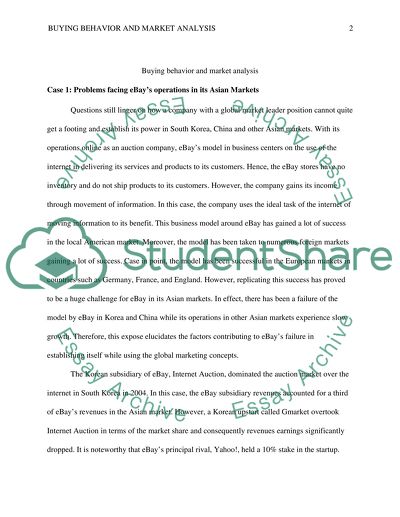Cite this document
(“Buying Behavior & Market Analysis Essay Example | Topics and Well Written Essays - 1250 words”, n.d.)
Retrieved from https://studentshare.org/marketing/1435095-buying-behavior-market-analysis-mod
Retrieved from https://studentshare.org/marketing/1435095-buying-behavior-market-analysis-mod
(Buying Behavior & Market Analysis Essay Example | Topics and Well Written Essays - 1250 Words)
https://studentshare.org/marketing/1435095-buying-behavior-market-analysis-mod.
https://studentshare.org/marketing/1435095-buying-behavior-market-analysis-mod.
“Buying Behavior & Market Analysis Essay Example | Topics and Well Written Essays - 1250 Words”, n.d. https://studentshare.org/marketing/1435095-buying-behavior-market-analysis-mod.


